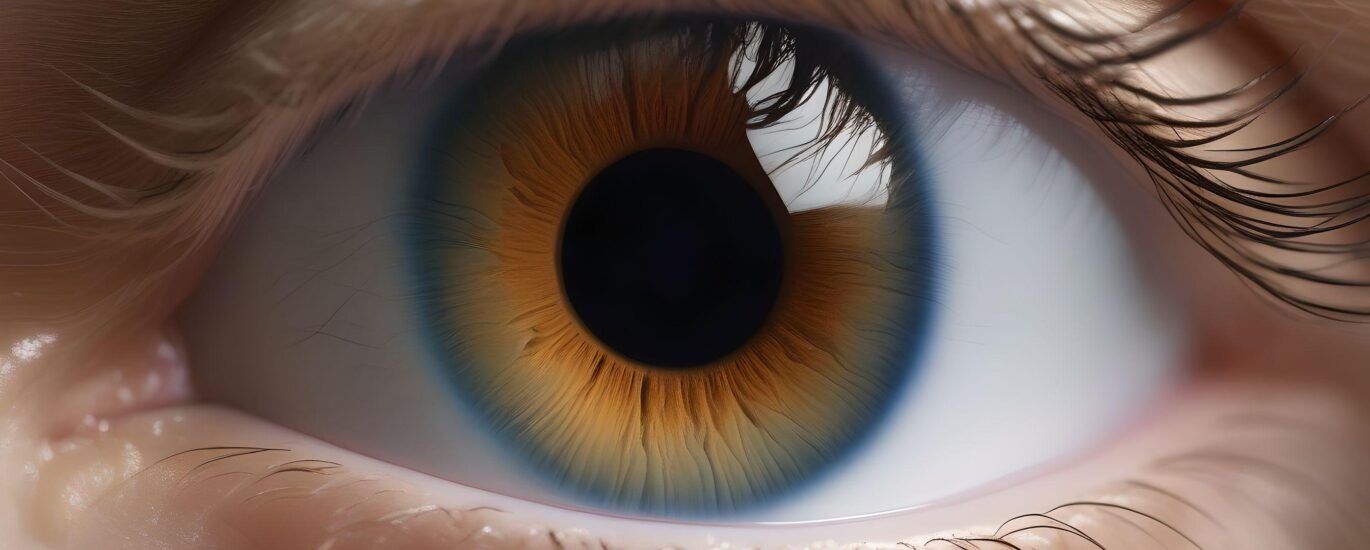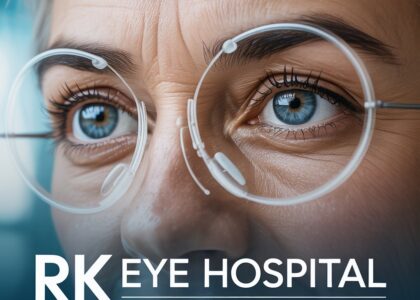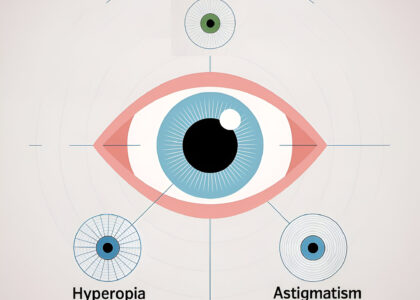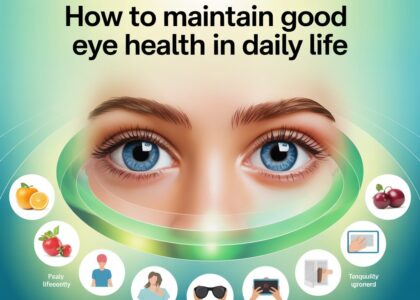Corneal diseases can severely impact vision, making effective treatment vital for maintaining eye health. With advances in medical technology, new treatment options are emerging. But how effective are these new treatments? This article explores the latest developments in corneal disease therapy and evaluates their effectiveness compared to traditional methods.
Overview of Common Corneal Diseases
Corneal diseases are a group of eye disorders that affect the cornea, the clear, dome-shaped surface that covers the front of the eye. Common conditions include keratoconus, where the cornea thins and bulges outward, and Fuchs’ dystrophy, which leads to corneal swelling and vision loss.
Infections like keratitis can also cause corneal damage, leading to scarring and impaired vision. These conditions can significantly impact daily life, making early diagnosis and treatment essential.
Traditional Treatments for Corneal Diseases
For many years, treatments for corneal diseases have included corrective lenses, medications, and, in severe cases, corneal transplants. Corrective lenses, such as glasses and contact lenses, are often the first line of defense, helping to manage symptoms but not curing the disease. Medications, including eye drops and oral drugs, can reduce inflammation and control infection.
However, when these methods are insufficient, corneal transplantation becomes necessary. This surgical procedure replaces the damaged cornea with a donor cornea, restoring vision for many patients. Despite its effectiveness, corneal transplantation carries risks, including graft rejection and the need for long-term medication.
Emerging Treatments and Technologies
Recent advancements in medical research have introduced new treatments for corneal diseases that offer hope for improved outcomes. One such treatment is corneal cross-linking, a minimally invasive procedure that strengthens the corneal tissue by using ultraviolet light and riboflavin (vitamin B2). This method is particularly effective for treating keratoconus, slowing or halting its progression.
Additionally, gene therapy and stem cell research are opening new doors for treating corneal diseases. These innovative approaches aim to repair or replace damaged cells within the cornea, offering the potential for long-term cures rather than just symptom management.
Comparing Traditional and Emerging Treatments
When comparing traditional treatments like corneal transplants with emerging options such as corneal cross-linking, the differences are significant. Corneal transplants have been a reliable option for decades, with success rates ranging from 70% to 90% depending on the condition. However, the risks associated with surgery and the lengthy recovery period can be drawbacks.
Emerging treatments like corneal cross-linking offer less invasive alternatives with shorter recovery times. While these new treatments show promise, they may not be suitable for all patients, particularly those with advanced disease stages. Ongoing research will determine whether these emerging therapies can become mainstream treatments.
Corneal Transplantation
Corneal transplantation, also known as keratoplasty, remains a cornerstone of corneal disease treatment. The procedure involves replacing a damaged or diseased cornea with a donor cornea. There are different types of corneal transplants, including full-thickness transplants (penetrating keratoplasty) and partial-thickness transplants (lamellar keratoplasty). Success rates are high, but complications like graft rejection and infection can occur.
Patients require lifelong follow-up care to monitor for these issues. Despite the risks, corneal transplantation has restored vision for millions of people worldwide, making it a critical option for those with severe corneal diseases.
Gene Therapy and Stem Cell Research
Gene therapy and stem cell research are at the forefront of corneal disease treatment innovation. Gene therapy involves altering or replacing defective genes within the corneal cells to correct or halt the progression of disease. Stem cell therapy, on the other hand, focuses on regenerating damaged corneal tissue by transplanting healthy stem cells into the affected area.
Both approaches have shown promise in early clinical trials, with potential to offer long-term solutions for conditions that currently have limited treatment options. However, these therapies are still in the experimental stage and are not widely available.
Factors Influencing Treatment Effectiveness
The effectiveness of corneal disease treatments depends on various factors, including the patient’s age, general health, and the severity of the disease. Younger patients with early-stage disease may respond better to less invasive treatments, such as corneal cross-linking, while older patients or those with advanced disease may require more aggressive interventions like corneal transplantation.
Additionally, underlying health conditions, such as diabetes or autoimmune disorders, can impact the success of treatments. A personalized approach to treatment, considering all these factors, is crucial for achieving the best outcomes.
Patient Age and General Health
Age and overall health play significant roles in the success of corneal disease treatments. Younger patients generally have better healing responses and are less likely to experience complications from surgery. They may also benefit more from emerging treatments that are designed to halt disease progression early.
Conversely, older patients, especially those with other health issues, may face challenges during recovery and are at higher risk for complications. Personalized treatment plans that account for a patient’s age and health status are essential to maximize the effectiveness of corneal disease treatments.
Disease Severity
The severity of the corneal disease is another critical factor in determining treatment effectiveness. Early-stage diseases can often be managed with less invasive treatments, such as corrective lenses or medications. However, as the disease progresses, more aggressive treatments may be necessary.
For instance, patients with advanced keratoconus may not benefit from corneal cross-linking and may require corneal transplantation instead. Early diagnosis and intervention are key to preventing disease progression and improving treatment outcomes.
Real-World Success Stories
Real-world examples of patients who have undergone new corneal disease treatments provide valuable insights into their effectiveness. One such case is a patient with keratoconus who, after undergoing corneal cross-linking, experienced significant improvement in vision stability, delaying the need for a corneal transplant.
Another example involves a patient with Fuchs’ dystrophy who, after receiving a partial-thickness corneal transplant, reported a dramatic improvement in vision with minimal recovery time. These success stories highlight the potential of emerging treatments to change lives and offer hope to those suffering from corneal diseases.
The Future of Corneal Disease Treatment
The future of corneal disease treatment looks promising, with ongoing research and development paving the way for even more effective therapies. Advances in gene therapy, stem cell research, and personalized medicine are likely to transform how corneal diseases are treated.
In the coming years, we may see treatments that not only manage symptoms but also cure the underlying disease. As technology continues to evolve, the hope is that more patients will have access to these cutting-edge treatments, leading to better outcomes and improved quality of life.
Conclusion
New treatments for corneal diseases offer hope for patients seeking effective and less invasive options. While traditional treatments like corneal transplants remain important, emerging therapies such as corneal cross-linking and gene therapy are showing promise.
The effectiveness of these treatments depends on various factors, including patient age, health, and disease severity. As research progresses, the future of corneal disease treatment is bright, with the potential for long-term solutions that can restore vision and improve lives.







